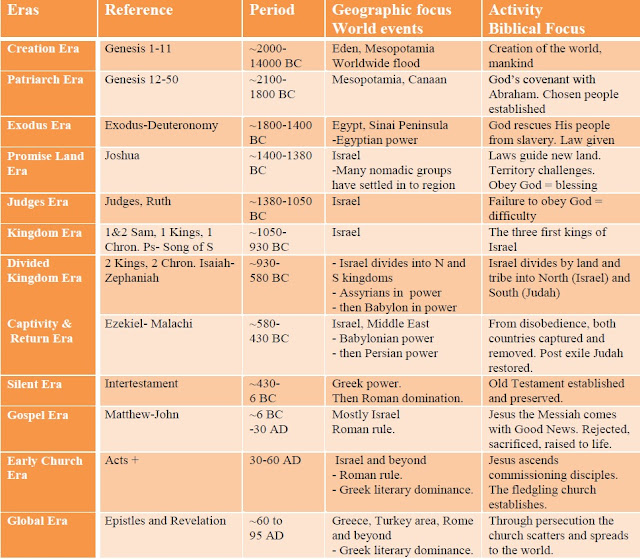When not to take the Bible literally
I studied French for a year conversing, listening to television, reading the paper, etc. I heard a phrase about a moon of honey on the news. I was stupefied till I realized the story was about newlyweds. That idiom is also used in English!
As serious students of Scripture, we take the Bible at its word. It is not a fairy tale. Interpret it literally most of the time believing it is God’s Word to you. The Holy Spirit inspired writers (2 Peter 1:21) who wrote beautiful ancient literature, but no language is sterile. Figures of speech give it beauty and emphasis. Realize figures of speech paint a picture. Sometimes figurative words of another culture sound odd to us. Bible translators apply modern phrases to express the idea for us which explains the difference in comparing translations. Remember that the cohesiveness of the Bible remains in sync with the rest of it. No strange doctrine emerges from a sentence or verse that is counter to the rest of the Holy Word of God.
Figures of Speech
Figures of speech are words and phrases that express meaning that is not meant to be literal but rather descriptive. It is not intended to be misleading but rather to illustrate like a word picture. Examine this chart to see the more common figures of speech found in the Bible followed by an explanation and an example.
 |
| Figures of Speech in the Bible @ScriptureSpy |
Understanding these language variables help us interpret the Word of God better. It is not intended to be mysterious and hard to understand. The Bible is intended for us to learn how to live abundant life in Christ (John 10:10, Ephesians 3:20).
_______________________
This is the twenty third in a series called Practical Starter Guide for Inductive Bible Study.
Table of Contents
Previous post: Strange Bible Verses
______________________________
Reflect:
1. Do you enjoy idioms in your language? Does one make you laugh when you hear it? Do you have a story of a funny misunderstanding talking with someone who was foreign to your language?
2. What is a phrase in the Bible that sounds odd? What do you think it is really trying to say?
3. Does this blog on figurative speech give you comfort of more confusion to trust what the Bible says? Why or why not?








































